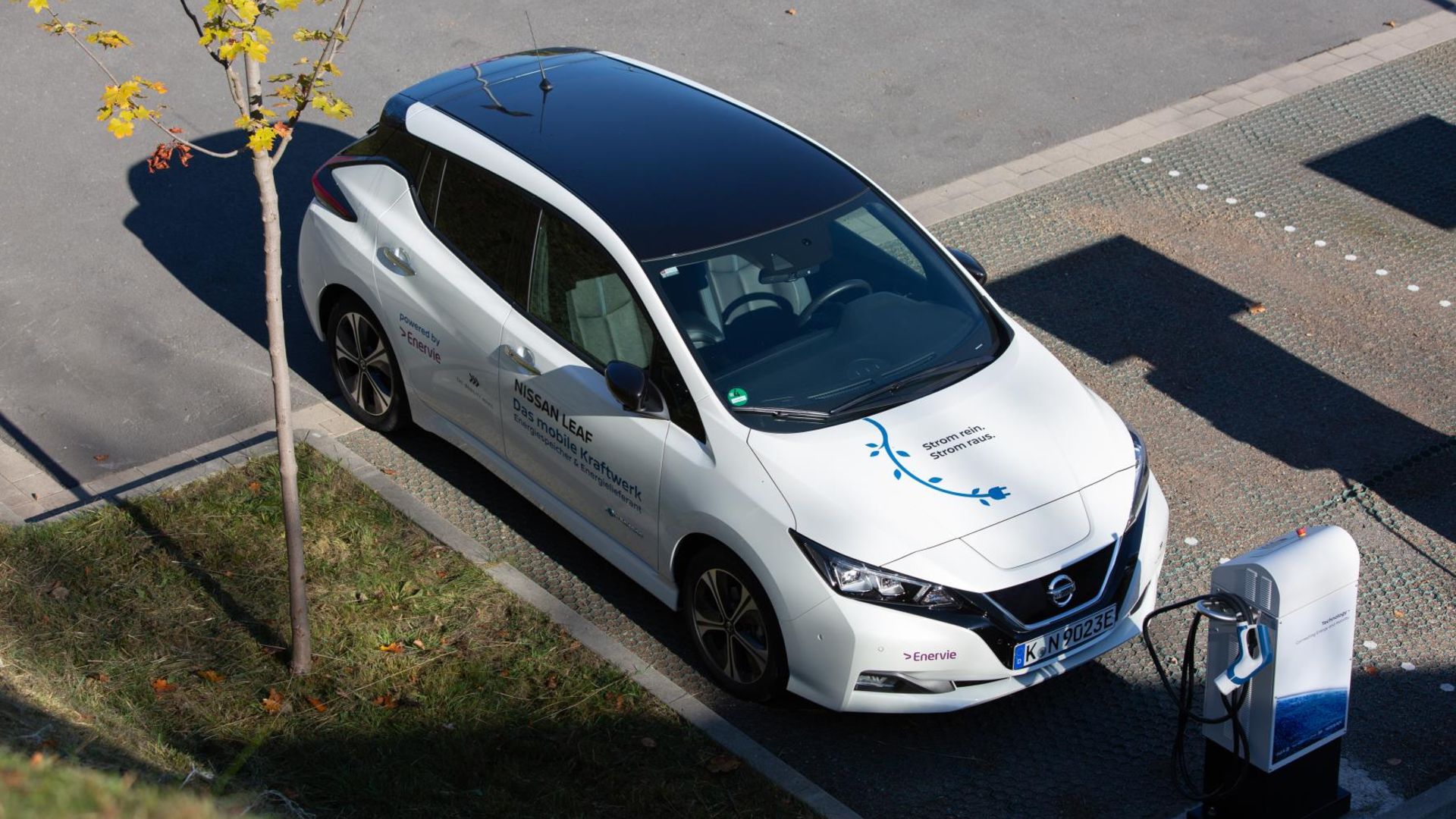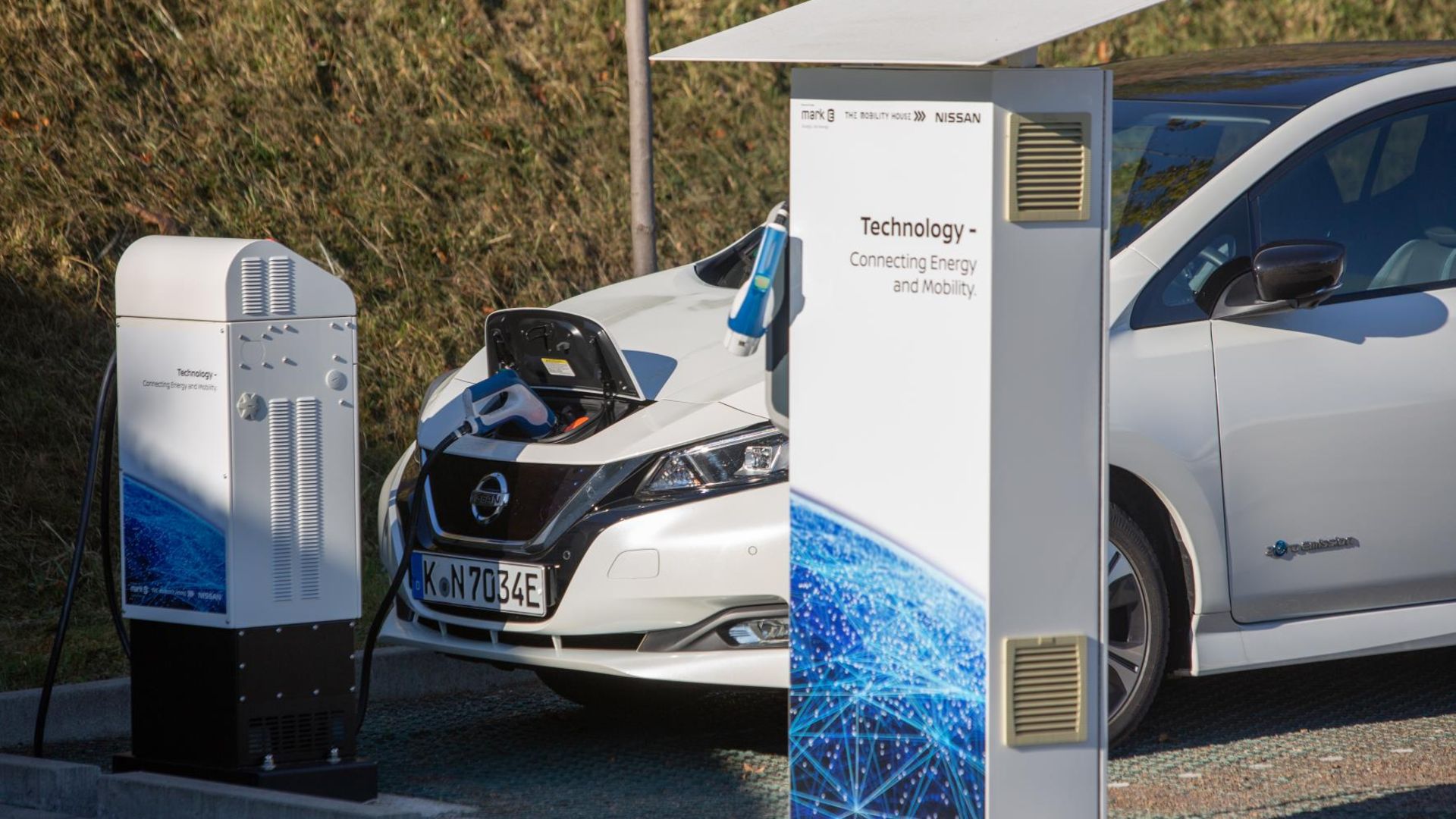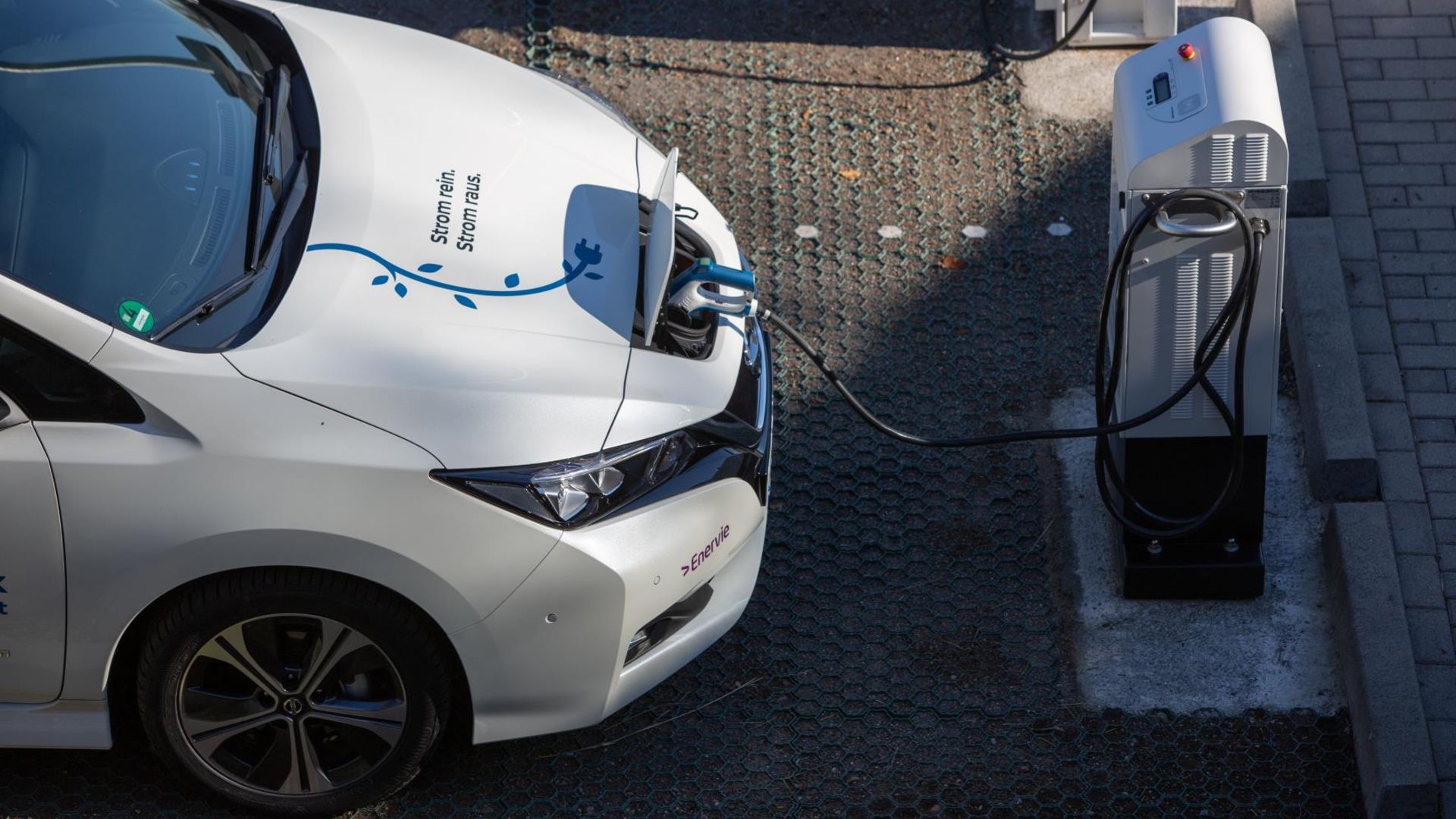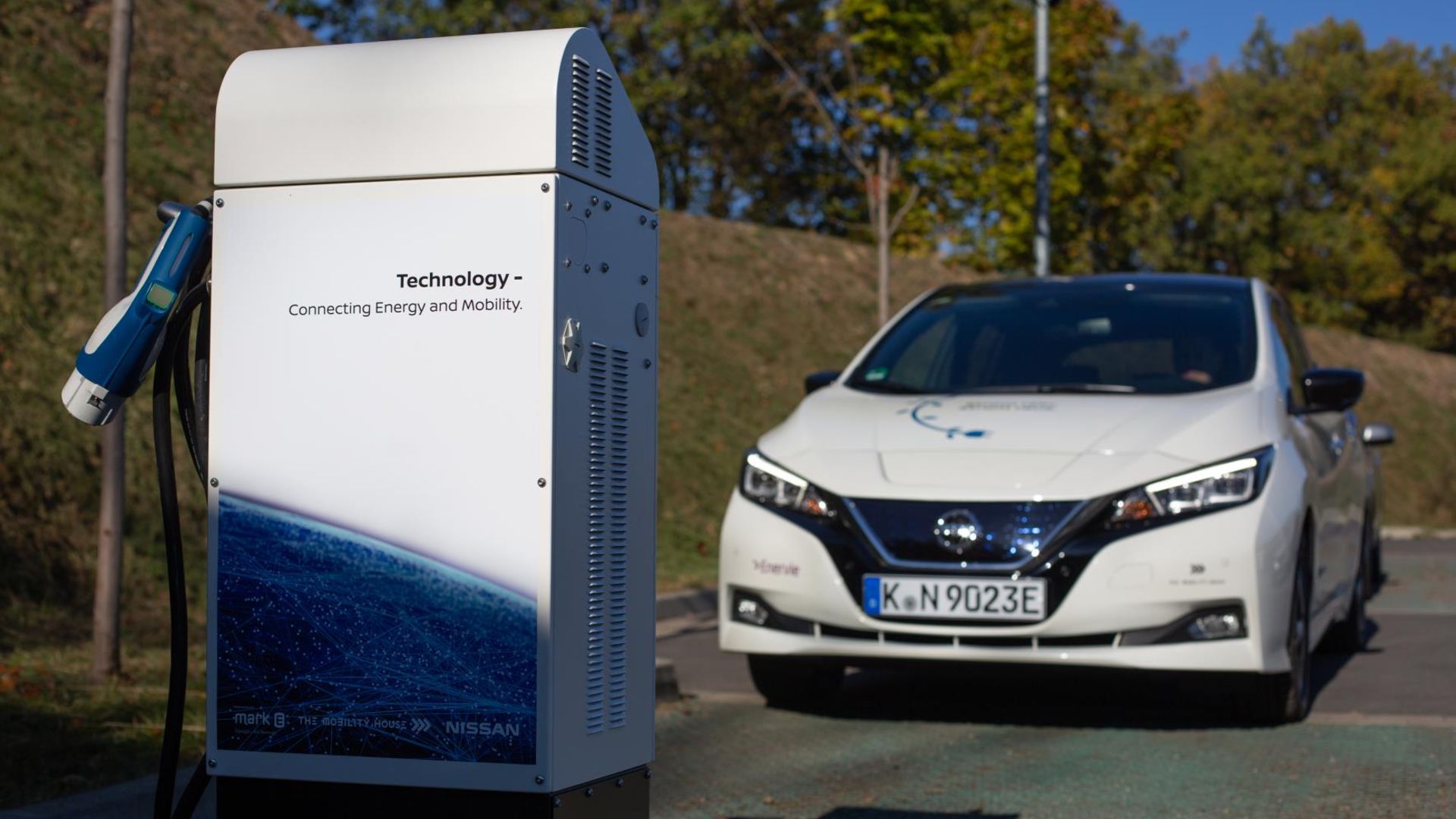
Nissan is taking a broader look at how drivers can be encouraged to switch to electric cars. The company has led a White Paper, working with the European Innovation partnership on Smart Cities and Communities, to ‘accelerate towards more sustainable societies‘.
A large part of the programme, also supported by the European Commission, concerns battery technology. It covers how batteries have use beyond their time in a car (‘second life’), plus how can EVs can work with the electricity grid, rather than just pulling energy from it.
Cheaper electric cars for more buyers
Nissan is keen to see better incentives for mid-range EVs, like its Leaf hatchback. While self-serving, it argues that lower costs, and potentially larger incentives, are required to get more people to go electric.
Nissan is also suggesting tax incentives based on EV owners’ environmental impact, and rewards for power put back into the grid.
Leading by example
Nissan wants public services and authorities to play a part, too. Low-emission zones are a big part of the plan, in order to encourage people to make the jump to EVs.

- Liberal Democrats will cut VAT on electric cars to 5 percent
Nissan also suggests procedures for smart charging installation should be improved. It proposes incentivised, or ideally mandatory, installation of renewable energy tech and smart charging in new buildings.
The big picture is the so-called ‘smart city’, with car charging wherever drivers need it, housing equipped with renewables energy sources and so on. This is the future, says Nissan.
“To meet the challenges Europe faces we need a fundamental rethink on how mobility and energy policies are designed,” said Friederike Kienitz of Nissan Europe.
“While Nissan brought mass battery technology to Europe when it pioneered the Nissan Leaf 10 years ago, it is clear from this paper that this is about more than just Nissan or electric vehicles. There is much work to be done if Europe is to achieve its goal of being carbon neutral by 2050, and this white paper sets out how to get there at the national, regional and municipal level.”
